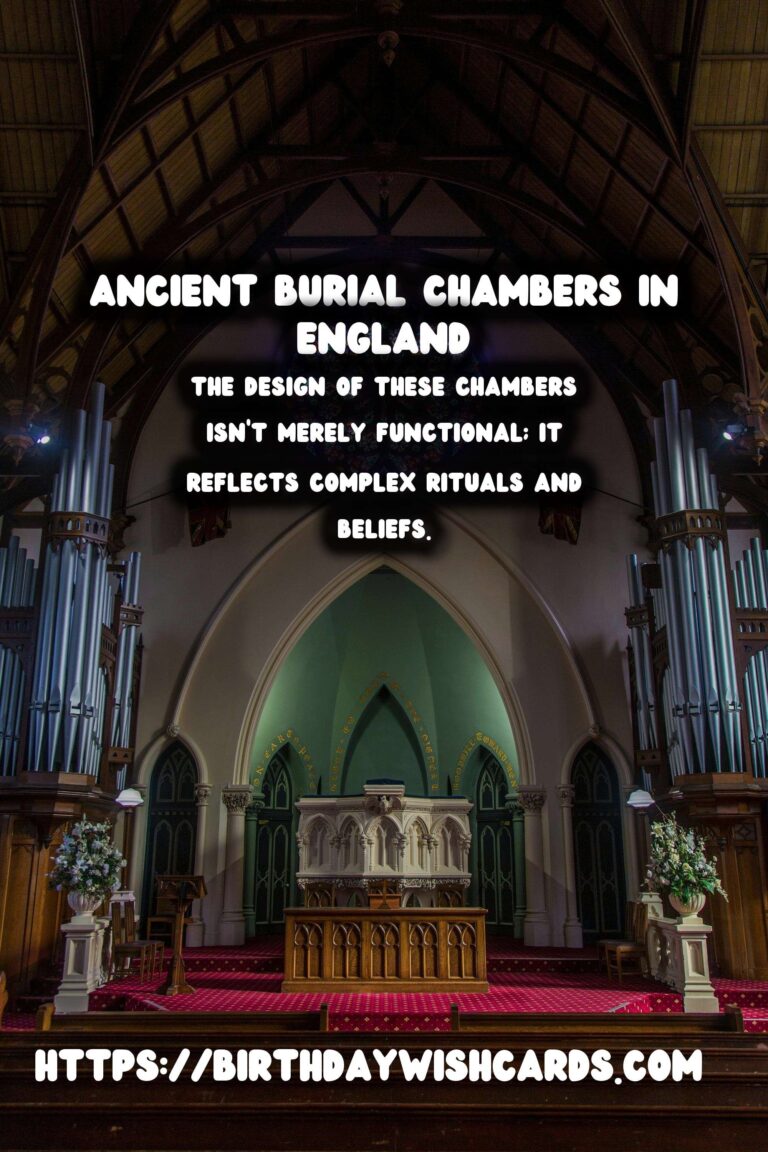
When it comes to ancient history, England is often celebrated for its rich tapestry of stories and archaeological wonders. While Stonehenge tends to steal the spotlight, there are many lesser-known but equally fascinating ancient burial chambers scattered across the English countryside. These sites offer a glimpse into the lives and beliefs of our distant ancestors and are worthy of exploration by anyone interested in history, archaeology, or simply the allure of the mysterious past.
Unveiling Hidden Histories
Hidden under rolling hills and quiet meadows, many of these ancient burial sites have only recently been discovered or studied in detail. Their relative obscurity means that they are often less crowded and provide a more intimate experience for visitors.
Belas Knap Long Barrow
Situated in the Cotswold Hills, Belas Knap Long Barrow is an outstanding example of a chambered long barrow. Constructed around 3000 BC, it features several burial chambers and a false entrance, likely meant to deter grave robbers or serve ceremonial purposes. Unlike many other barrows, Belas Knap was excavated professionally, which has helped preserve a wealth of information about its builders.
Stoney Littleton Long Barrow
Another impressive site, Stoney Littleton Long Barrow, also known as the Bath Long Barrow, is located in Somerset. This well-preserved site allows visitors to explore its chambers and passageways. Radiocarbon dating indicates it was built around 3500 BC, serving as a testament to the architectural ingenuity of Neolithic people.
The Mystery of Rituals
The design of these chambers isn’t merely functional; it reflects complex rituals and beliefs. It is believed that the alignment of some tombs with specific stars or solar events suggests they played a significant role in the ritual calendar of ancient communities.
Wayland’s Smithy
Named after the mythical blacksmith Wayland, this burial site has ties to both folklore and history. Located in Oxfordshire, Wayland’s Smithy is a Neolithic long barrow comprising two different burial areas. Excavations have revealed bones and artifacts that indicate its use over several generations.
Documenting Debated Origins
The construction and use of these tombs are debated among historians. Some suggest a continuity of ritual practices across Europe during the Neolithic period, while others argue for local interpretations of broader cultural phenomena.
West Kennet Long Barrow
One of the largest and most accessible Neolithic chambered tombs in England, West Kennet Long Barrow sits near the famous Avebury. It was constructed more than 5,600 years ago, housing the remains of at least 46 individuals. The site offers remarkable insights into Neolithic burial practices and the social structures of the community that built it.
Preservation and Public Engagement
Today, these burial chambers are protected as scheduled monuments, ensuring their preservation for future generations. The blend of public interest, archaeological research, and careful management means these sites continue to yield new insights into our shared past.
The Rollright Stones
Alongside burial chambers, megalithic stone circles like The Rollright Stones in Oxfordshire add another layer of mystery to England’s ancient past. While not a burial chamber in itself, this site evokes similar questions about its purpose and connection to the surrounding ancient landscape.
Conclusion
These lesser-known burial chambers may not have the fame of Stonehenge, but they offer equally captivating stories for those keen to delve deeper into England’s Neolithic era. As we continue to study and preserve these sites, one can only imagine the untold stories they have yet to reveal.
While Stonehenge tends to steal the spotlight, there are many lesser-known but equally fascinating ancient burial chambers scattered across the English countryside. The design of these chambers isn’t merely functional; it reflects complex rituals and beliefs. 
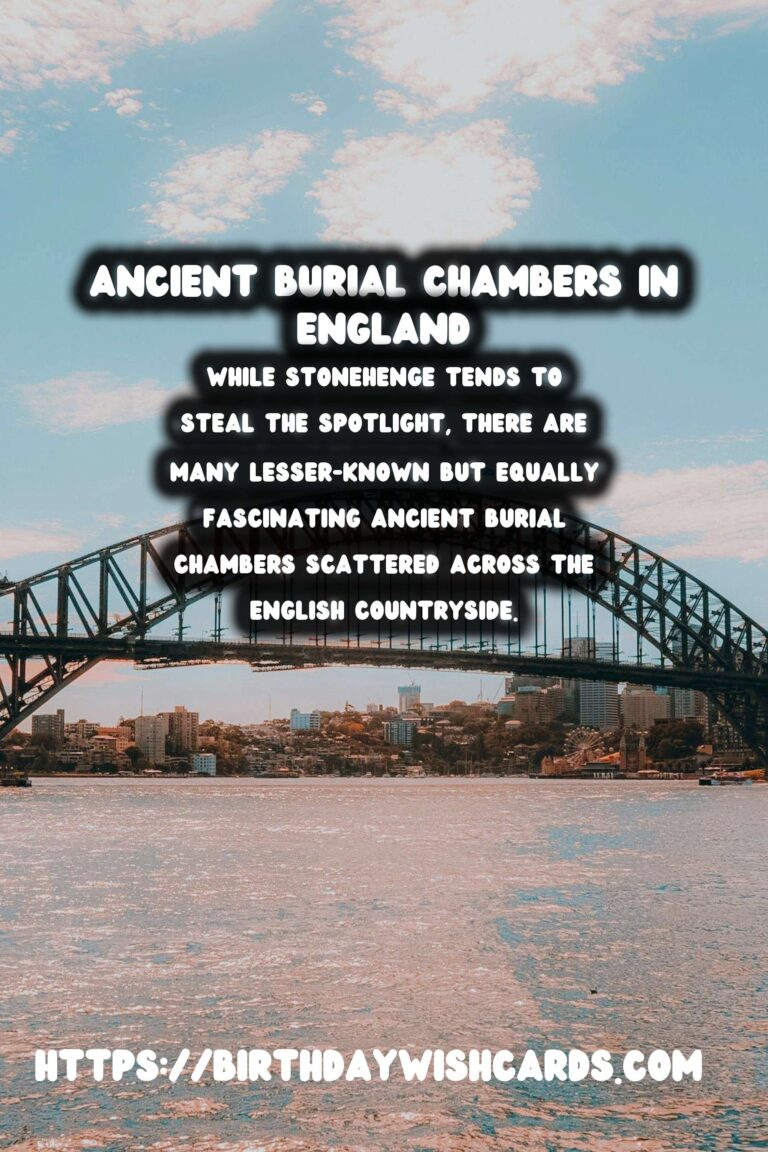
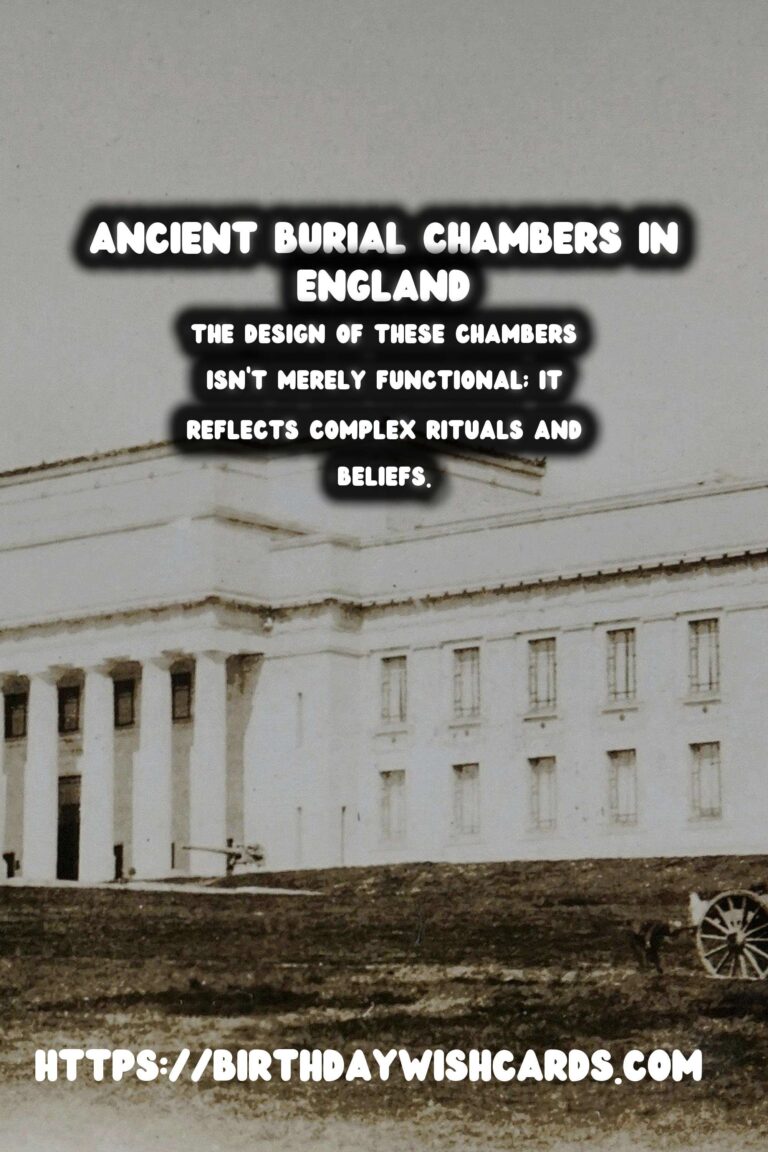
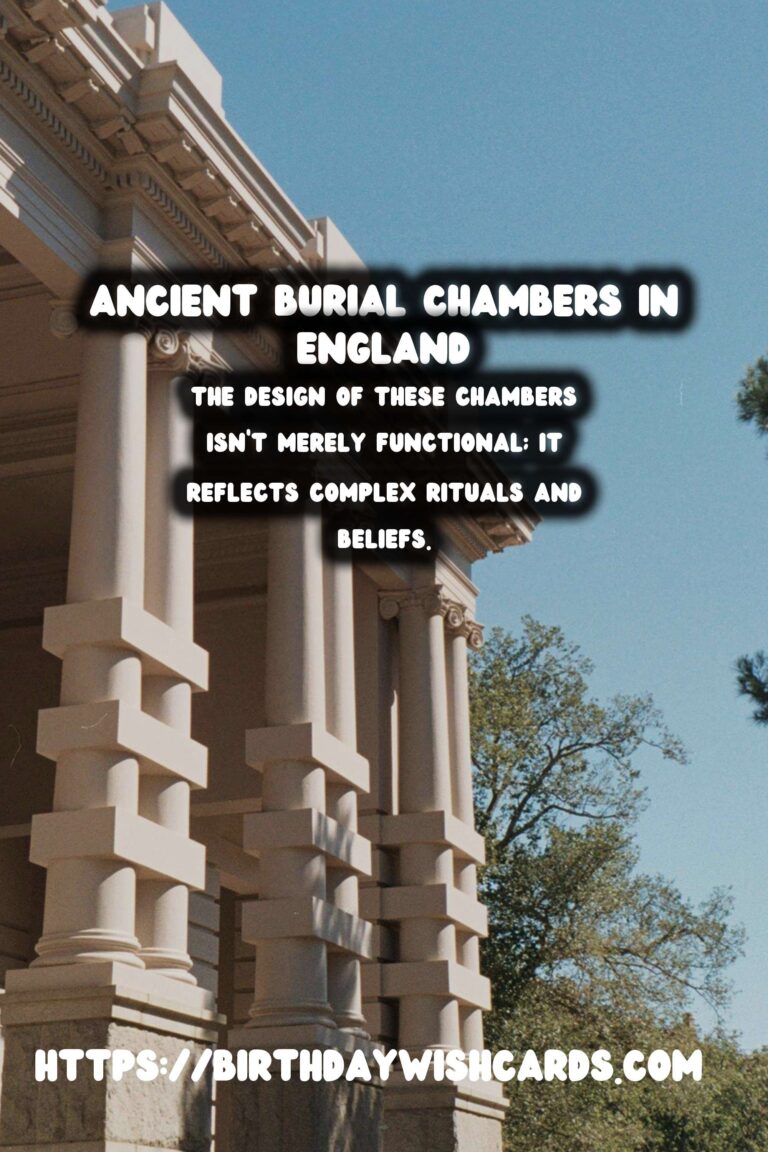
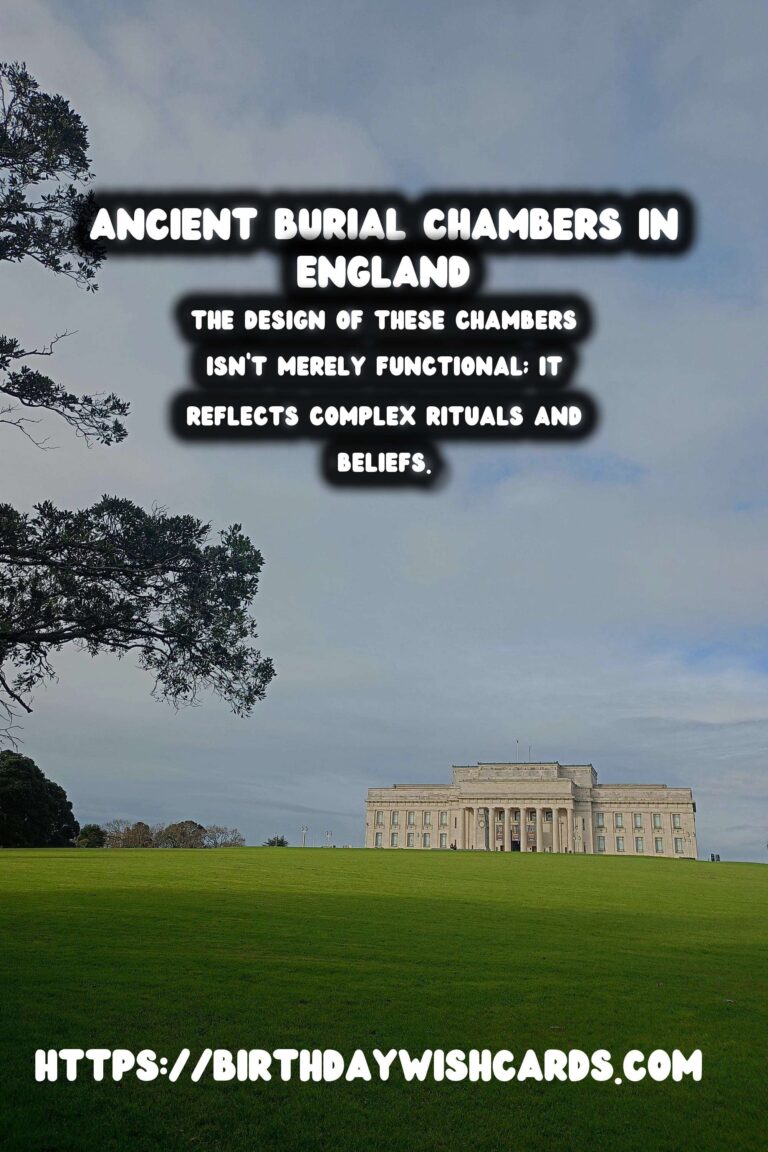
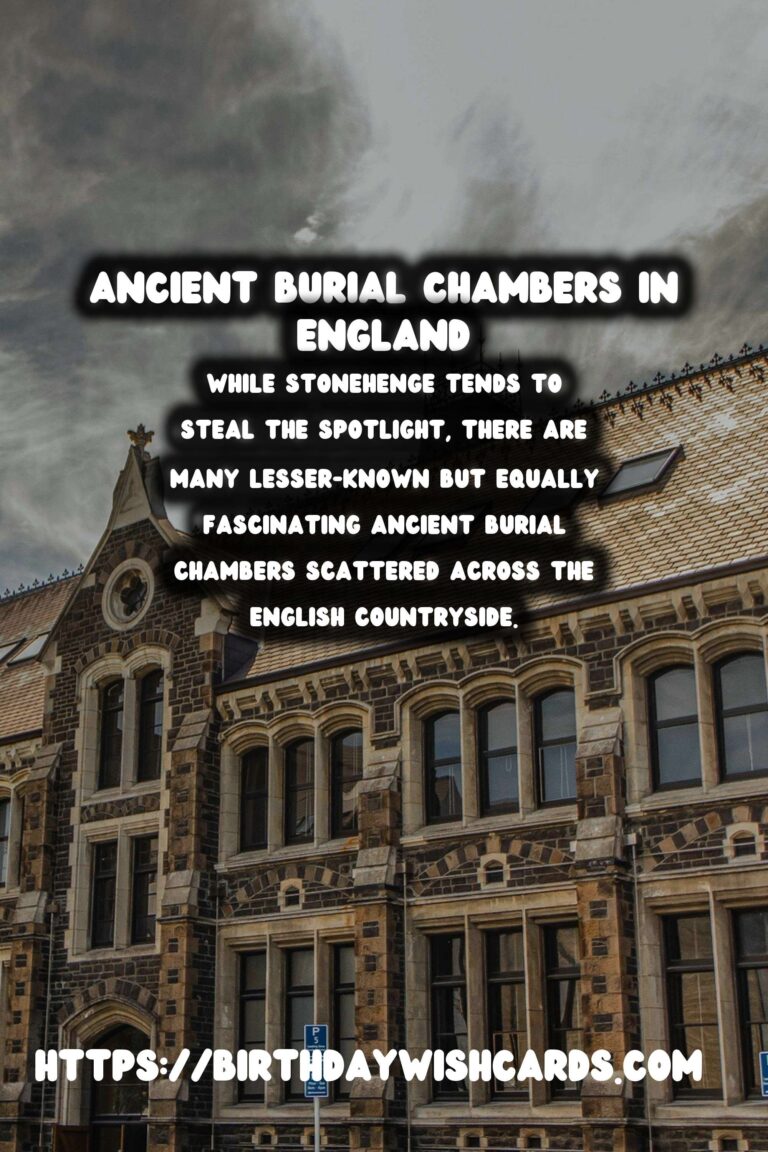
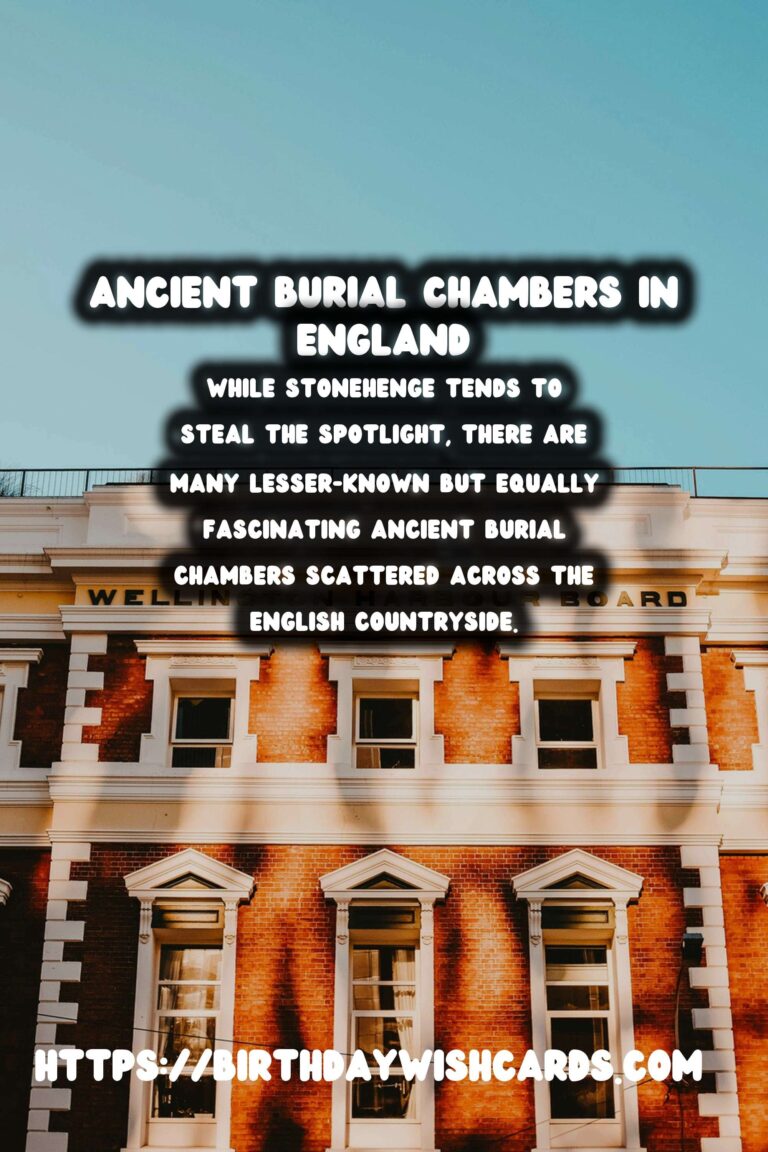
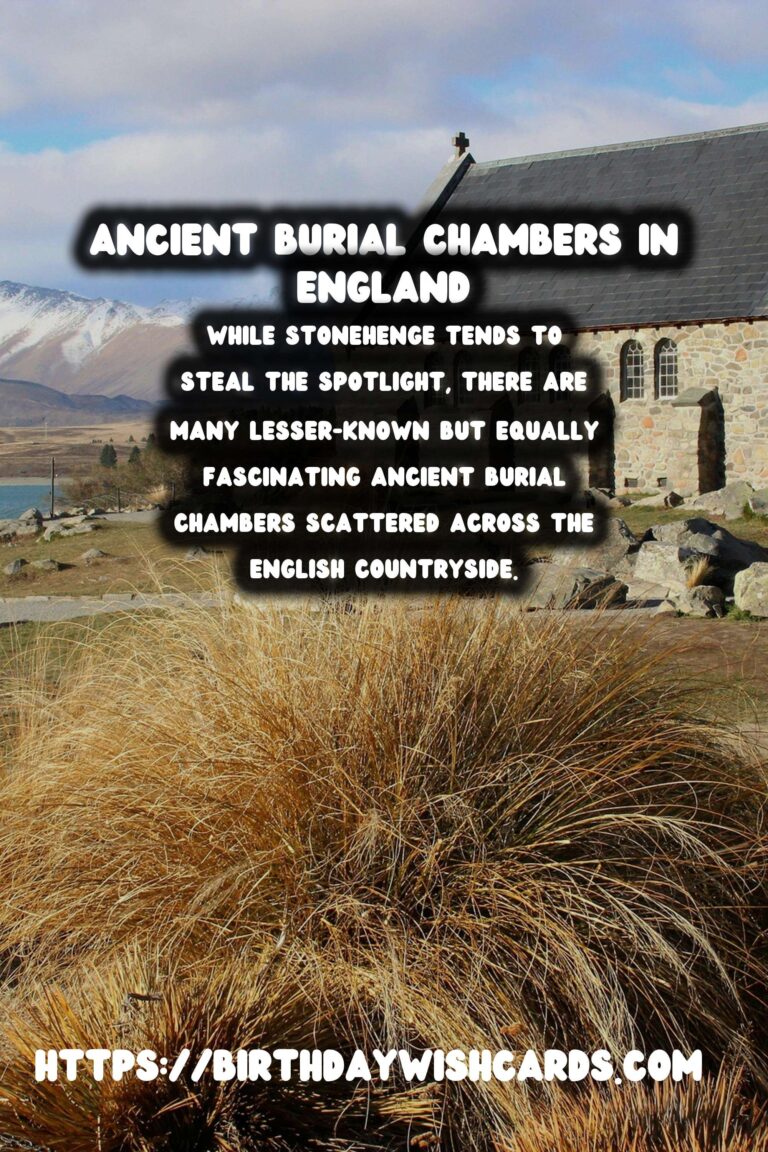
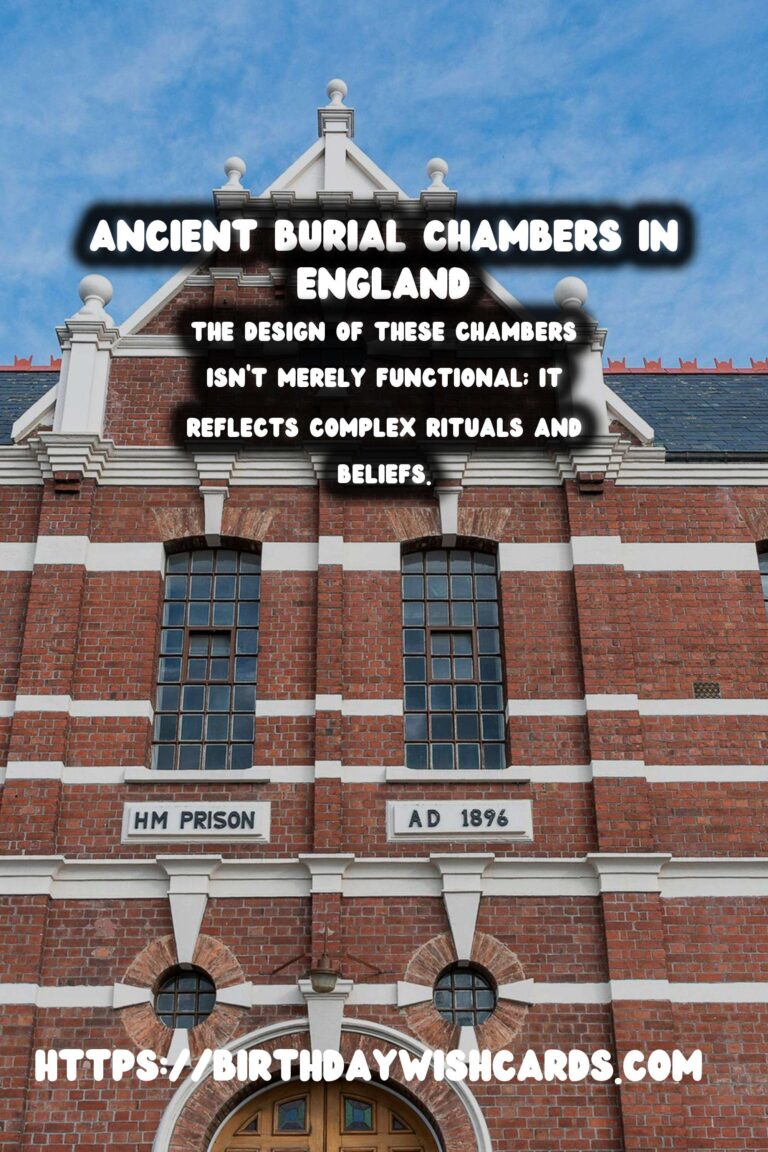
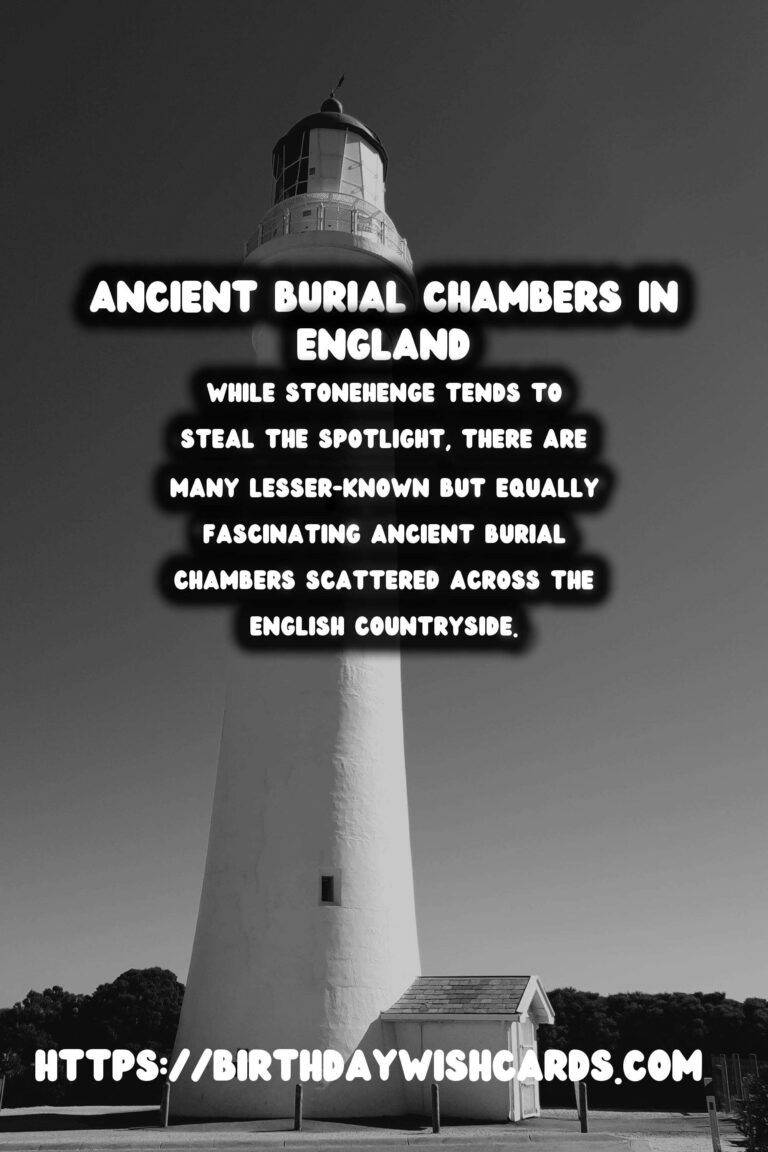
#AncientEngland #BurialChambers




